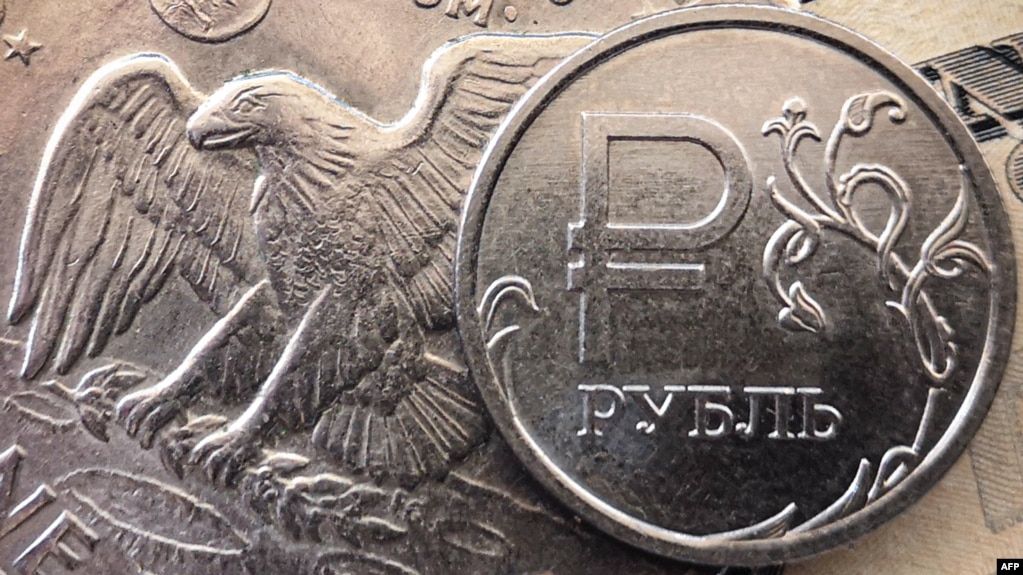To avoid a default, Russia made payments on its debts
Russia averted a default on its debt this Friday by making a payment from foreign reserves outside the country, U.S. Treasury officials said.
The amount of the payment was not disclosed, but earlier in April, the Russian Treasury Department said it had attempted to make a $649 million payment, due April 6, 2022, against two bonds to a certain U.S. bank previously referred to as JPMorgan Chase.
At the time, tougher sanctions prevented it from accepting the payment, so Moscow tried to pay the debt in rubles. The Kremlin, which has repeatedly stated that it has the financial capacity and willingness to continue paying its debts, argued that the emergency situation gave it a legal basis for paying in rubles rather than dollars or euros.
Investors and rating agencies did not believe or expect that Russia would be able to convert rubles into dollars before the thirty-day grace period expired. This would have led to speculation that Moscow was moving toward a historic default on its debt.
The Ministry of Finance explained that in order to make the payment, Russia tapped its foreign currency reserves, which are currently outside its borders. Because the U.S. imposed sanctions on Russia’s Central Bank, Russia had the option of using either only today’s revenues from activities such as oil and gas sales or existing foreign exchange reserves outside the country.
The U.S. attempted to push Russia to use its foreign exchange reserves or any revenues from oil and gas sales to deplete its financial resources.
The Russian Ministry of Finance said it made payments to Citigroup in London. A Citigroup spokesman declined to comment on the banking transaction.
